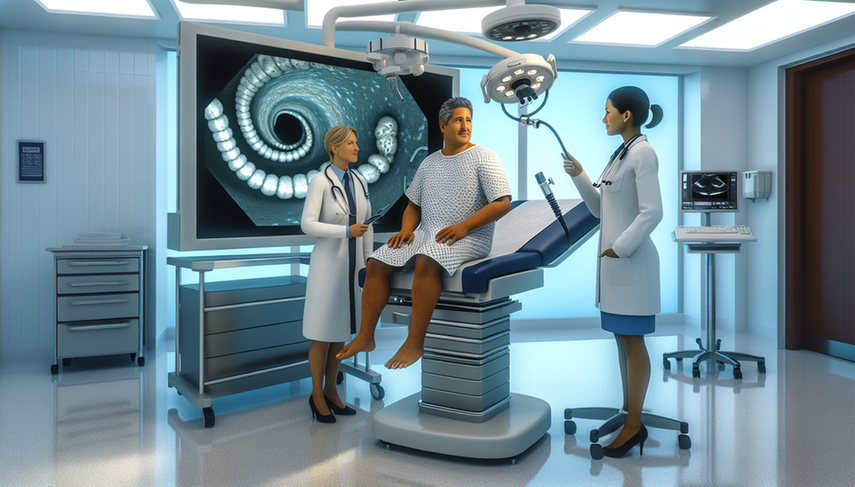Gastric Cancer: Key Insights for Early Diagnosis through Upper Gastrointestinal Endoscopy and Biopsy

Gastric cancer is one of the leading causes of cancer mortality worldwide. Early detection is crucial for improving prognosis and survival rates among patients. Upper gastrointestinal endoscopy has become an essential tool for the early diagnosis of this disease, allowing for the identification of lesions at initial stages when treatment is most effective.
Diving Deeper into Endoscopic Diagnosis
Upper gastrointestinal endoscopy is the method of choice for detecting early gastric lesions. This technique allows for direct visualization of the stomach lining and the acquisition of gastric biopsies for detailed histopathological analysis. The implementation of advanced technologies such as magnifying endoscopy and narrow-band imaging (M-NBI) has significantly improved the ability to characterize gastric mucosal lesions, enabling a more precise evaluation of microvascular architecture and surface structure.
Additionally, the use of blue laser imaging has proven superior in observing microvascular morphology, facilitating the identification of the demarcation line of lesions. These advanced techniques not only enhance diagnostic accuracy but also optimize patient selection for minimally invasive endoscopic treatments, such as endoscopic mucosal resection (EMR) and endoscopic submucosal dissection (ESD).
The identification of tumor markers in bodily fluids such as peripheral blood, urine, or saliva is also under investigation as complementary methods for the early diagnosis of gastric cancer. Although these biomarkers are not yet part of the standard of care, they represent a promising area for the future of early detection.
Conclusions
Early diagnosis of gastric cancer through upper gastrointestinal endoscopy is fundamental for improving clinical outcomes and reducing mortality associated with this disease. The integration of advanced technologies into daily endoscopic practice, along with the identification of gastric biopsies and the potential use of tumor markers, offers a comprehensive approach to the detection and management of early gastric lesions. The continuous evolution of these techniques promises to bridge the gap between endoscopy and pathology, thereby enhancing diagnostic accuracy and timely treatment.
Referencias
- [1] Magnifying endoscopy simple diagnostic algorithm for early gastric cancer (MESDA-G)
- [2] The Diagnosis of Early Gastric Cancer Based on Medical Imaging Technology and Mathematical Modeling
- [3] Early Gastric Cancer: Update on Prevention, Diagnosis and Treatment
Created 13/1/2025
